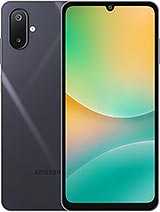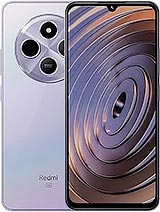Lava Yuva 5G alternatives
Tap above to see alternatives.
Redmi A4 alternatives
Tap above to see alternatives.
2x2.0 GHz Cortex-A76
6x1.8 GHz Cortex-A55
2x2.2 GHz Cortex-A78
6x2.0 GHz Cortex-A55
4GB 128GB (UFS 2.2)
4GB 128GB (UFS 2.2)
(wide), AF
2 MP
(macro)
f/1.8, (wide)
f/2.2, (wide)
SIM1: Nano, SIM2: Nano
SIM1: Nano, SIM2: Nano
FDD: N1, N3, N5, N8, N28
TDD: N40, N77, N78
FDD: N1, N3, N5, N8, N28
TDD: N40, N78
FDD: N1, N3, N5, N8, N28
TDD: N40, N77, N78
FDD: N1, N3, N5, N8, N28
TDD: N40, N78
In this comparison, the Redmi A4 with the Qualcomm Snapdragon 4s Gen 2 (4nm) performs better than the Lava Yuva 5G with the Unisoc Unisoc T750 (6nm), thanks to its more efficient chipset.
The Redmi A4 offers 2 years of OS updates, while the Lava Yuva 5G provides 1 years. When it comes to security updates, Redmi A4 leads with 4 years of support.
Both phones use LCD panels. Moreover, Redmi A4 offers a higher 120 Hz refresh rate for smoother scrolling. These phones offer the same brightness level at nits. These phones have the same resolution.
Redmi A4 has a larger 5160 mAh battery for longer usage. They support 18W wired charging.
Neither phone has an official IP rating for water and dust resistance.











